Disposable Spinal Anesthesia Needles (Pencil Point)
*Standard size: 90mm in length
*NRFit connector is also available except 29G.
- 22G
- 24G
- 25G
- 26G
- 27G
- 29G
Our flagship product ensures high security and performance.
The unique opening shape and careful processing result in minimal invasiveness not achieved with conventional cutting needles. Our pencil point needles are highly rated for user-friendliness and excellent quality among physicians worldwide.
| Product Name | Disposable Spinal Anesthesia Needle |
|---|---|
| Needle point Type | Pencil Point |
| Package & delivery unit | Individually packed and 25 pcs/box E.O.G.sterilized (shelf life 5years) |
| Product Trade Name | UNIEVER DISPOSABLE SPINAL ANESTHESIA NEEDLE |
| Trademark | UNIEVER |
| G: Gauge / Color Code |
Length | Introducer | REF(Code No.) |
|---|---|---|---|
| 22G | 90mm | - | 2120471 |
| 24G | 90mm | - | 2130571 |
| 25G | 90mm | 20G38mm | 5290761 |
| 26G | 90mm | 20G38mm | 5300661 |
| 27G | 90mm | 20G38mm | 5310761 |
| 29G | 90mm | 20G38mm | 5320261 |
特徴
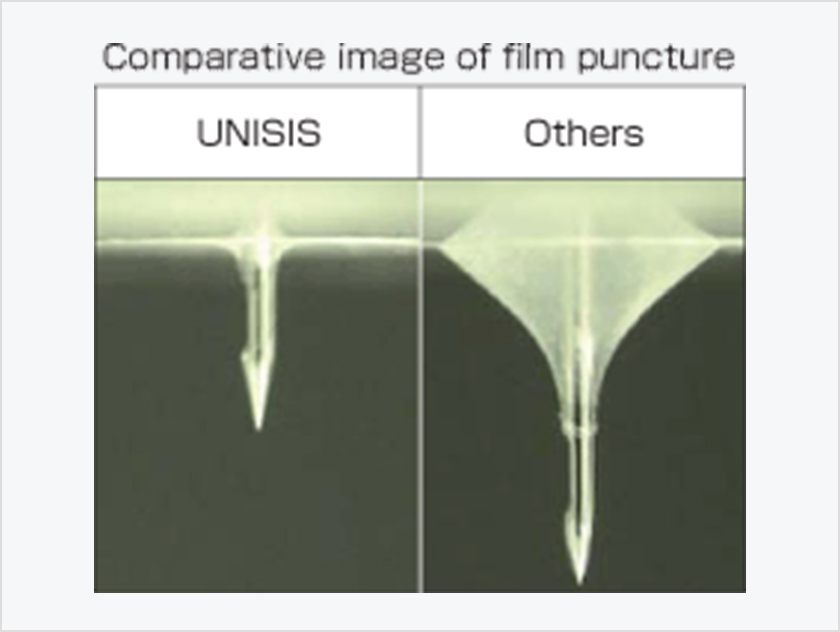
Unique opening shape and precise puncture resistance
Our original trapezoidal side hole is registered under #2112670 of the Practical New Ideas of the Japan Patent Office. This shape lets you securely feel the passage through the membrane and also helps achieve very rapid CSF flush back. The side hole located within 2mm from needle tip (except 22G) is efficient to prevent neuronyxis.
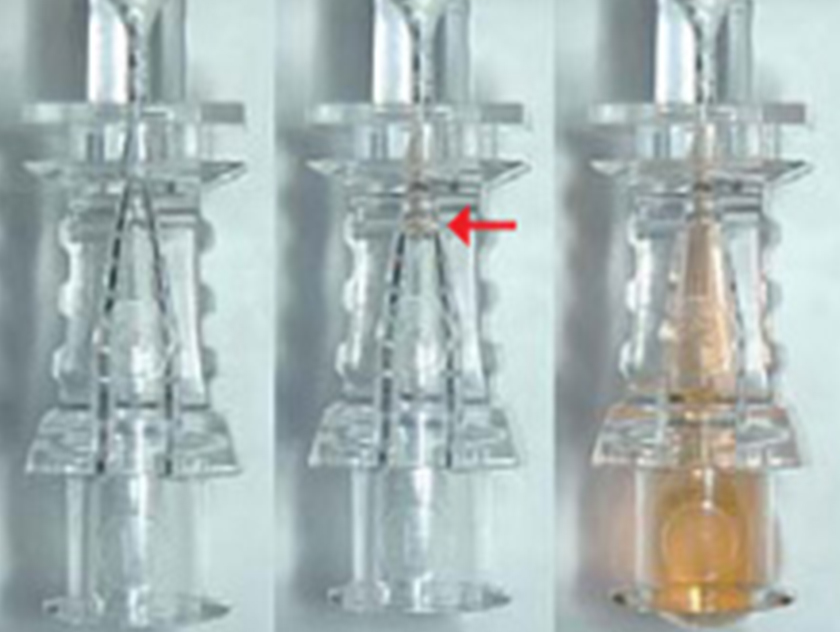
Rapid flush back time
The shape of the side hole,the thin-walled tube, and the hub design work to provide unrivaled CSF flush back speed.
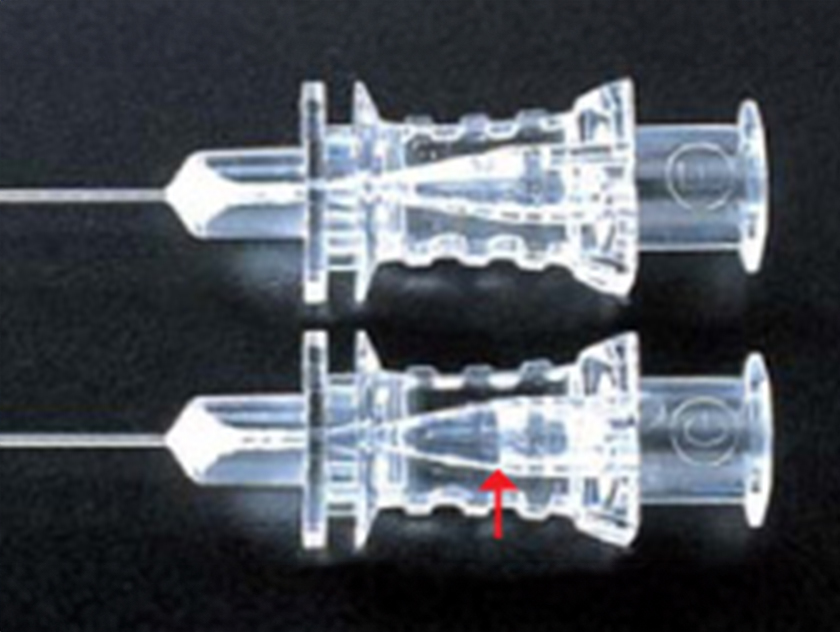
Crystal-clear hub
The crystal-clear polycarbonate hub that allows easy recognition of CSF is molded in luer taper. Our strict quality controls guarantee an extremely smooth fitting of stylet and hub to prevent needle wobbling.
特徴
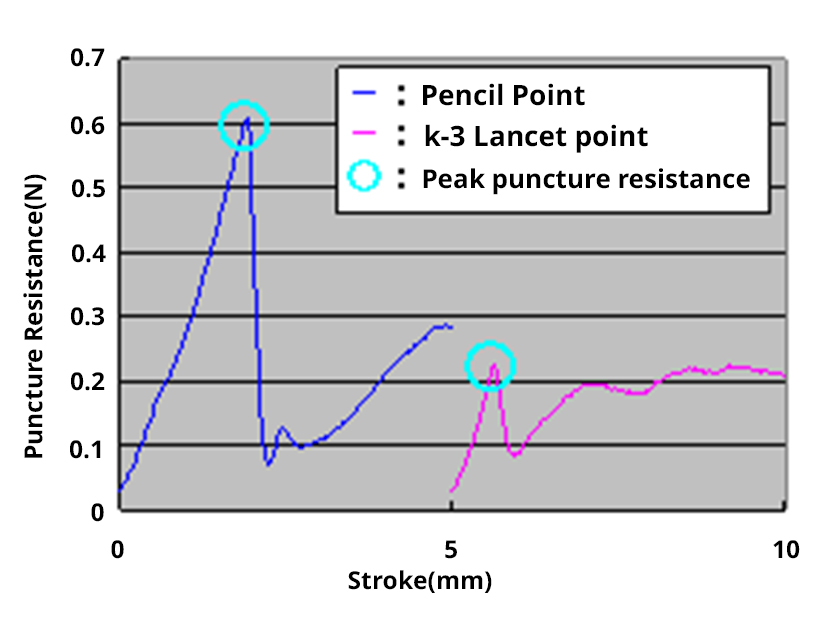
Puncture
K3 lancet point vs. Pencil point
Pencil point needles cause puncture resistance that is up to three times greater than the resistance encountered by K-3 lancet point needles. This resistance affects the skin and tissues when the needle passes through. This is why it is recommended that an introducer is used with the non-cutting pencil point needle. On the other hand, the resistance may enable the anesthetist to perceive more distinctively the transit through the arachnoid mater, therefore decreasing the risk of nerve puncture.
Puncture cuts
Cutting vs Non-Cutting
Several studies explain why a non-cutting point needle is less likely to cause PDPH. One of the theories is that the cutting point needle makes a sharp crescent-shaped cut in the arachnoid mater, while the non-cutting point needle makes an opening in the arachnoid mater comparable to a pushed-open clam shell. We have confirmed very similar opening shapes in an in-house experiment using polyamide films.
The sharp crescent-shaped cut took a long time to adhere while the blunt clam shell opening took less time to adhere, despite its large opening surface.
| Unisis Pencil Point 25G | Unisis K-3 Lancet point 25G |
|---|---|
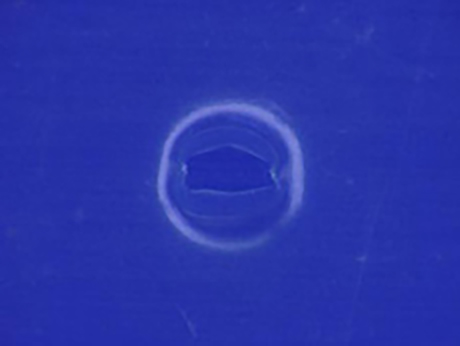 |
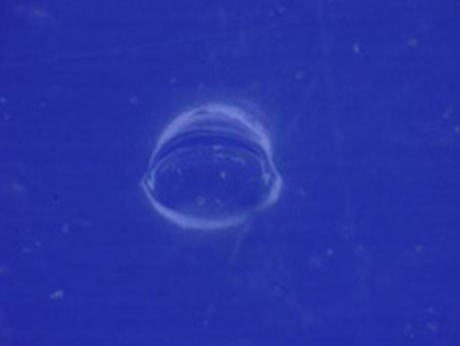 |
Successive images of CSF leak simulation
Using a measuring cylinder as the spinal cord, red-colored water as CSF, and the polyethylene film as the arachnoid mater, we observed the water leak after needle puncture of the film.
The puncture was considered more invasive when more water leak was observed following removal of the needle.
The red water leak stopped more quickly with the non-cutting needle than with the cutting needle, suggesting a more prompt CSF leak control is possible with a non-cutting needle.
| Unisis Pencil Point 25G | Unisis K-3 Lancet point 25G |
|
|---|---|---|
| Immediately after removal | 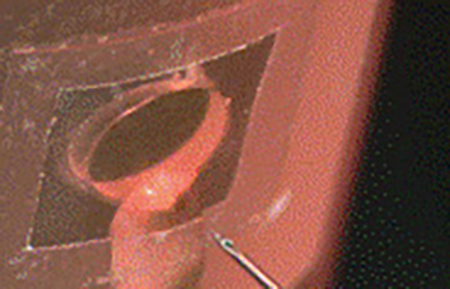 |
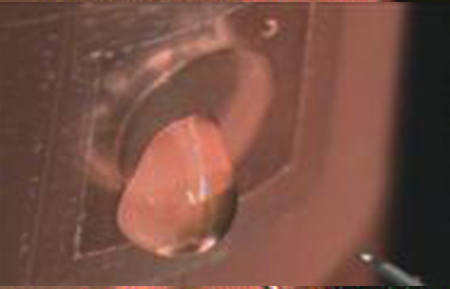 |
| Presence/absence of continuous leakage | 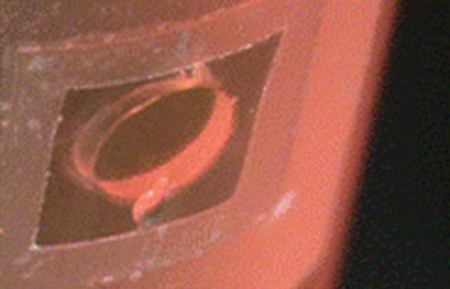 |
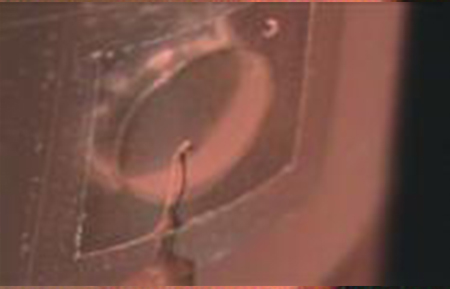 |
Procedure
Noncutting needles encounter high puncture resistance due to their blunt tips. To prevent damage to tissues, it is recommended that an introducer be used to secure insertion of the non-cutting needle while decreasing tissue damage.
The introducer can also decrease the risk of needle breakage and help prevent erroneous insertion, especially for fine needles of 25G or less. However, if the introducer is not correctly inserted, the tip of pencil point needle may pass through the spinal canal.

History
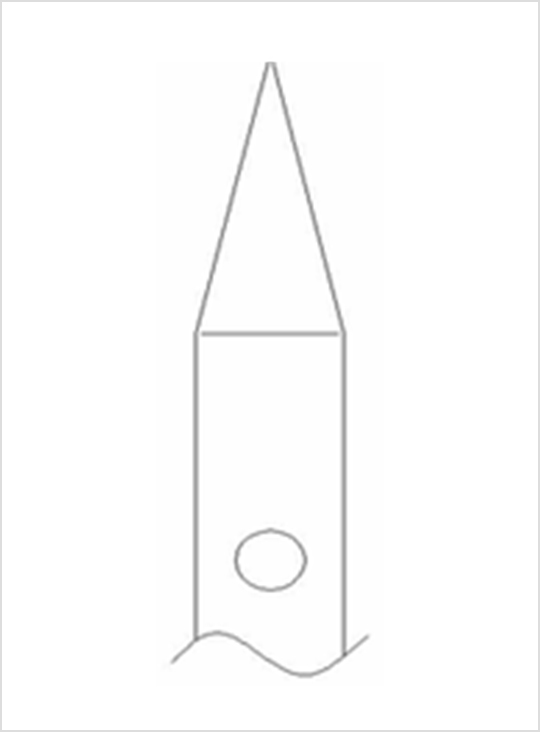
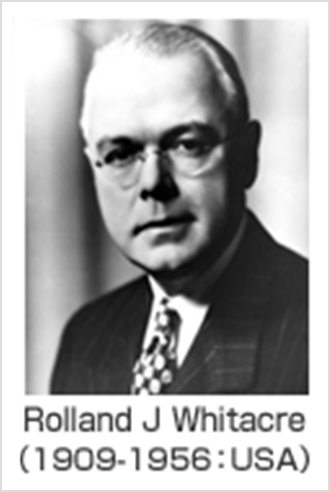
The Greene needle was a noncutting point needle preceding the Whitacre needle. An American anesthetist, Rolland J. Whitacre, M.D., credited Greene’s advances in minimizing trauma to the dural fibers when he developed his innovative needle with conical tip, in collaboration with BD, and published it in 1951. Ever since, the shape and details of the needle have been constantly improved and refined, especially the shapes of the tip and the agent outlet
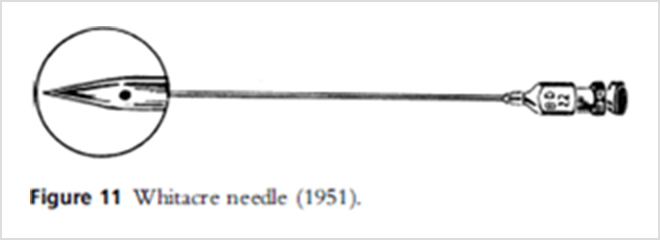
* Please inquire at us for sizes out of the above table.
Back to products lineup page









